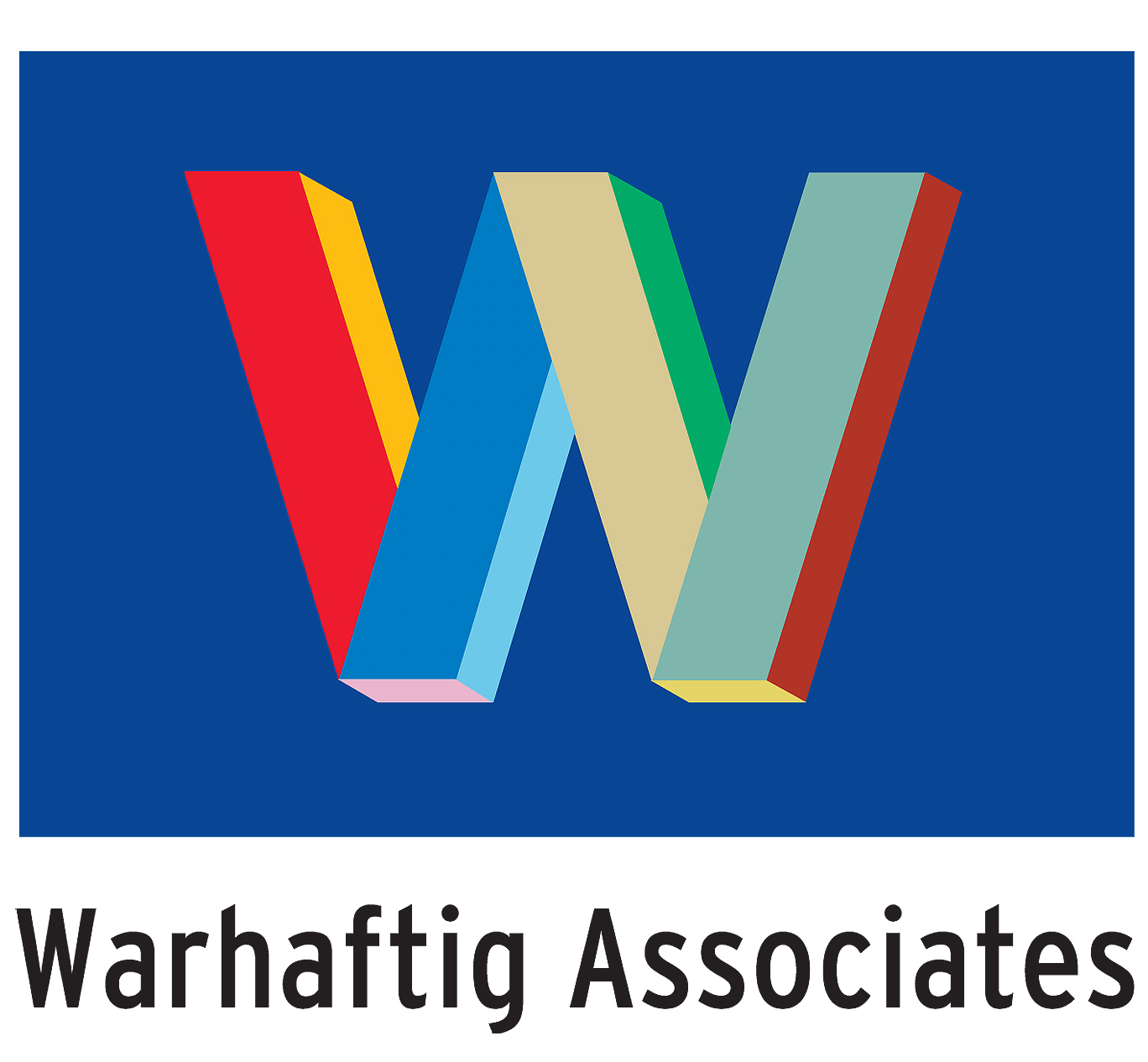Core approach: What do we do and how do we do it?
Our focus is access.
Our team is committed to strategies and communications that help overcome access and onboarding hurdles so that patients can get onto therapy faster. That’s it. Our clients come to us for help with complex issues around access and patient onboarding. They come back to us for the way that we transform those complex issues into clear and engaging messages.
We combine research with expertise to develop a product’s value proposition, create market-shaping resources, and develop tactics.
We are field-team─focused. We help account managers secure formulary positioning, give reimbursement managers the broad range of resources they need to support office staff, and provide sales reps with pull-through resources and training so that HCPs have the information they need to get prior authorizations approved.
We seek to reach every stakeholder with compelling messages: payers, field teams, providers and their staff, and patients and their caregivers. And that means understanding each individual’s or organization’s perspective on value.
Design thinking: What is it and what does it have to do with access?
Access is complex.
It’s easy to make complex things sound complicated. Using a disciplined process of design thinking, we work hard to make these messages engaging and easy to understand.
Design thinking is a creative problem-solving approach with the end users in mind. Successfully applied, it cuts through complexity (how a process works from the pharma perspective) to communicate the essentials of a process (what’s important to our audience). That makes it easier for field teams to communicate and for our audience to use the information. Information must be received, read, and understood in order to be used.
We develop resources with empathy for the user ̶ understanding what they need to know and how to present it in a way that is as engaging, as compelling, and as simple as possible. While our audience is the payer, the HCP, and the biologics coordinator, it’s also the account manager, the reimbursement manager, and the reps who present the information. We seek input and feedback from each of the field teams that we work with.
Access pillars: What are they and why are they important?
We consider these with every client:
Payer value
We develop FDAMA-compliant, market-shaping presentations and value decks that are based on our own work, along with research from Medical and HEOR teams, to encourage open-minded consideration of new products.
Pull-through resources
We create resources to help reps make the best use of contracted formulary positions and to inform physicians about key utilization management criteria so that prior authorizations have the best chance of success.
Patient access
We supply reimbursement management teams with great tools to support office staff so that patients can get onto therapy faster and have a better chance of remaining on therapy.
-
Above-brand support
We build on an in-depth understanding of the healthcare landscape to develop above-brand programs that create opportunities for account managers to strengthen relationships and engage in dialogue around issues that are important to their customers.
The healthcare landscape
Why does it matter?
There’s no longer much of a boundary between payers and providers, between PBMs and specialty pharmacies, and between HCPs and hospitals. In this dynamic environment, an understanding of the disease area, the product, and the competitive landscape is just table stakes.
Even though provider organizations, such as IDNs, are reimbursed today on a fee-for-service basis for most services, they are increasingly taking on risk ̶ through their ACOs, by contracting for episodes of care, by direct contracting, and by other capitated arrangements.
That changes the organization’s perception of value and creates more opportunities for account-manager engagement. We help account managers build relationships with individuals in these organizations by creating programs that correspond to those broader areas of interest, such as the integration of mental and physical health, population health, and social determinants of health ̶ issues that have the potential to improve their outcomes.





